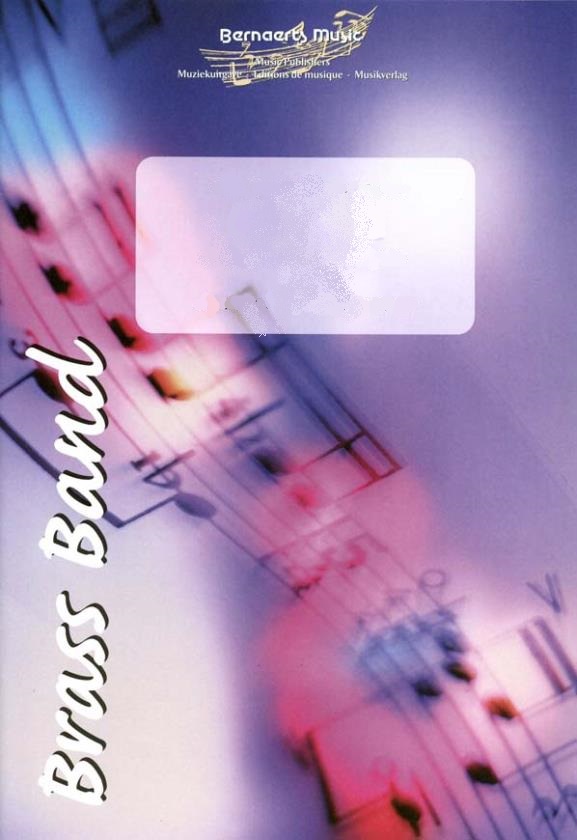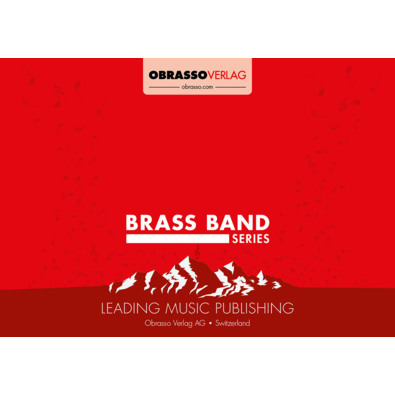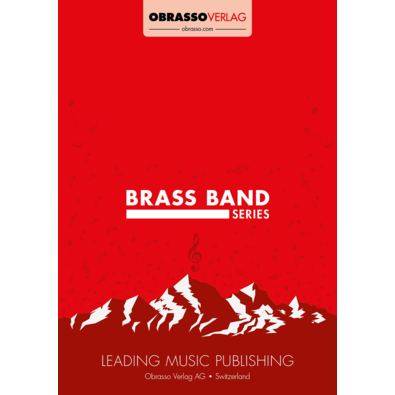We've found 423 matches for your search. Order by
Results
-
 £61.99
£61.99Daddy Cool - Frank Farian & George Reyam - Frank Bernaerts
Estimated dispatch 7-14 working days
-
 £62.99
£62.99DA(c)senchantA(c)e - Laurent Boutonnat & MylA¨ne Farmer - Frank Bernaerts
Estimated dispatch 7-14 working days
-
 £69.99
£69.99Grease - Barry Gibb, Jim Jacobs & John Farrer - Frank Bernaerts
Estimated dispatch 7-14 working days
-
 £62.99
£62.99J'en Ai Marre - Laurent Boutonnat & MylA¨ne Farmer - Steve Cortland
Estimated dispatch 7-14 working days
-
 £61.99
£61.99Ma Baker - Frank Farian, Fred Jay & George Reyam - John Ryan
Estimated dispatch 7-14 working days
-
 £62.99
£62.99Rivers Of Babylon - Brent Dowe, Trevor McNaughton, Frank Farian & George Reyam - Frank Bernaerts
Estimated dispatch 7-14 working days
-
 £65.99
£65.99The Boney M. Mega Mix! - Frank Farian, George Reyam, Brent Dowe, James McNaughton, Bobby Hebb & Fred Jay - Frank Bernaerts
Estimated dispatch 7-14 working days
-
 £56.00
£56.00 -
 £42.70
£42.70 -
 £70.40
£70.40
